World Tuberculosis Day Today: Not all upazilas have screening facilities
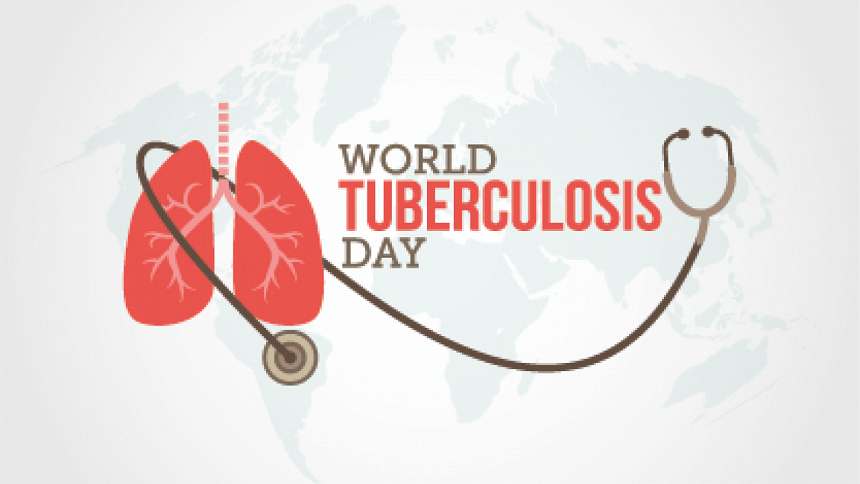
Although tuberculosis (TB) infections have been a concern for Bangladesh for quite a long time, screening facilities are still not available in every upazila.
Against this backdrop, World Tuberculosis Day 2019 is being observed today in the country under the slogan “It's the right time to make a pledge to create TB-free Bangladesh”.
According to the Global Tuberculosis Report 2018 of World Health Organization, Bangladesh is among the top 30 high burden countries for TB and multi-drug resistant TB (MDR-TB).
In such a condition, Dr MA Hamid Salim, MDR-TB advisor, National Tuberculosis Control Programme (NTCP), said the latest tool that can successfully detect TB on a molecular level and drug resistance -- Gene Xpert -- have not reached even half of the county's medical complexes.
He said, “Only about 209 Gene Xpert machines have so far been set up at different medical facilities but there are health complexes at 492 upazilas in Bangladesh.
On top of that, there are medical hospitals that need these tools too. If the number of tools is increased, combating TB would be a lot easier.”
By 2020, NTCP would set up a total of 270 Gene Xpert machines, he added.
“We initially had set a target to set up 650 machines by 2020; but we are falling short of the target for a fund crisis.” The cost of setting up a single testing machine is $37,000 (Tk 3,104,929 approximately), including purchase price.
In 2017, a total of 8,858 people died from the infectious disease and about 2.45 lakh people were treated for it, he added.
According to the WHO report, the numbers of new TB patients and death were higher -- 221 and 36 respectively per one lakh people in 2017. The total number of patients and deaths would be 3.64 lakh and 59,000.
Commenting on the difference, Salim said WHO's report was based on estimates whereas NTCP's report was based on updated records.
Salim, however, could not mention how many people died of the disease in 2018. “The figure will be available at the end of 2019.”
On a recent visit to National Institute of Diseases of the Chest and Hospital (NIDCH), The Daily Star found the TB wards filled with patients.
Putting on a face mask, fifteen-year old Md Samir, an SSC examinee, sat there blank among the other patients at the hospital's MDR-TB Ward. “In January, he complained of chest pain, fever and vomiting. After tests, he was diagnosed with TB and given medication,” said his mother Farzana.
His condition did not improve by the time the exams began in February. “Even though he was suffering in pain, he appeared for the examination,” she said.
They admitted Samir again in hospital on March 17 and his condition has improved since.
Although there was progress in the last few decades, drug-resistant TB continues to be a public health crisis, according to WHO.
In 2017, about 558,000 people worldwide developed TB that was resistant to rifampicin, the most effective firstline drug, and of these, 82 percent had MDR-TB.
Drug resistance (DR) emerges when anti-TB medicines are used inappropriately through incorrect prescription by health care providers, poor quality drugs, and end treatment prematurely.
Fazlul Haque, 32, has been taking treatment for about one month at the MDR-TB Ward at NIDCH.
He was first diagnosed with the problem two years ago when he had a medical test for Bahrain. “I was rejected. They told me I have chest problems,” said Haque.
He took some medication and appeared again for the medical test six months later. But he was rejected the second time too.
His coughing had gradually increased. “In November last year, I was diagnosed with TB. I took medicine, but my condition did not improve. Rather it deteriorated,” said Haque, adding that he never stopped taking the medicine.
NTCP's National Programme Coordinator Dr Rupali Sisir Banu told The Daily Star that living in congested rooms, damp conditions, and malnutrition were major reasons behind TB.
“People living in slums are more prone to TB,” she said.
About three million people are given TB treatment and one million lives were saved in the last 18 years, according to NTCP.
According to officials at the Chattogram Civil Surgeon Office, a total of 18,067 patients were detected with TB in the port city in 2018, of whom, 0.6 percent patients were DR-TB.
According to experts, the cost of treatment for a DR-TB patient is 30 times higher than a normal TB patient. The duration of treatment is also longer.
“It is a challenge for us to control drug resistance in TB in the district as all the patients are yet to be brought under a Directly Observed Treatment, short course (DOTs),” said Dr Bishakha Ghose, Chattogram divisional TB expert under National TB Control Programme.
As Chattogram is densely populated, people are more vulnerable to coming in contact with TB germs through coughing and sneezing of TB patients, she said.
Under the World Health Organisation guideline for TB treatment, a patient must take medicine everyday in front of a health official in DOTs centre, said the doctor.
But in many cases patients do not come to the centres every day, resulting in DR-TB, she added.
The civil surgeon said they were successful in curing 95 percent of TB patients, while 16 percent of total patients are still out of the purview of treatment.
In Chattogram, there are 99 DOTs centres and six DR-TB detecting laboratories.
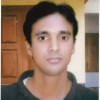
 For all latest news, follow The Daily Star's Google News channel.
For all latest news, follow The Daily Star's Google News channel. 



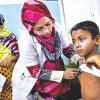
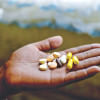


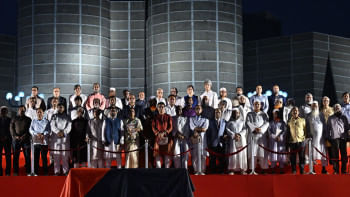
Comments